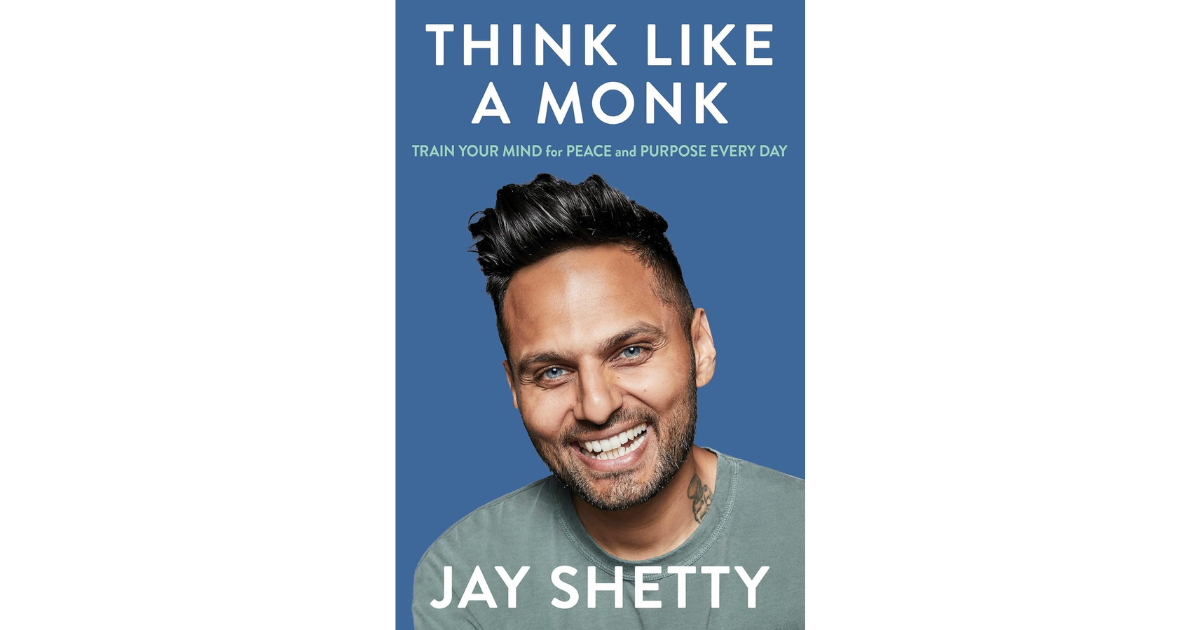10 tiny ways your resume isn’t working for you (and what to do instead)
If your phone isn’t ringing with requests for interviews, discover the small resume tips that sell your skills, achievements, and stand out to recruiters in a competitive job market.
Research shows the number of job applications for roles is rising, making it increasingly harder for your personal brand to get noticed in the competitive job market. If you aren’t getting calls for interviews and your inbox is full of rejections, it is unlikely that you lack talent, but rather that your resume isn’t selling it. Little details matter for standing out for the busy hiring manager.
In this blog, I’m sharing the easily overlooked aspect of your resume that might be working against you and the easy fixes that let your real value shine. With a few easy edits, go from being ignored to being invited in for interviews.
1. You have a vague value proposition
Your ‘Value Proposition’ is the elevator pitch of your resume. Don’t use this prime real estate for fluff. Have every word earn its place.
Be clear about your skills, specialisations, industry experience and years of experience. Your reader has little time to make your resume make sense. If you haven’t done the hard work to reflect this, don’t expect someone else to. Do the mental heavy lifting to connect the narrative of your career for the reader.
Also add a touch of personality - succinctly sharing what you’re known for.
2. You sound like anyone could do your job
Your resume should not simply read like your job description. When it does, it sounds like anyone could do the same job you did.
Aim for an achievement-oriented resume. Communicate the language of your capabilities through the lens of highlights, not everyday responsibilities. This shows the impact you have had in a role in a way that is unique to you. When you speak through achievements, you start to sound like no one else has shared your experience.
As an example, use the STAR (Situation, Task, Action, Results) model to communicate your impact.
3. You aren’t backing up your claims
When you communicate with job description language, you run the risk of fluffy, unsubstantiated claims. Show evidence to support your statements, highlighting results and outcomes, e.g:
What was the percentage growth?
What was the growth value?
What was the cost saving?
Who were the key stakeholders?
What was the budget?
How many people did you lead?
How much time did your initiative save?
4. You lack visual interest
If you’ve ever been through a stack of resumes thoroughly, you know it takes tons of time, concentration and discipline to stay committed to not missing the best talent for a role. Which is why most skim instead. A busy hiring manager can’t be blamed for missing your unicorn potential. Because the onus is on you - to communicate your most important points in a way that grabs the recruiter’s attention.
Without creating any unnecessary visual clutter, use your typography strategically:
Bold key elements of your resume or some of your bullet points (ideally at the start). If the reader is going to skim anyway, show them what to skim.
Integrate italics tactfully in select elements of your resume. Create visual contrast from other areas to emphasise small details.
Use a font size hierarchy. Direct your reader's attention to what’s most important and create visual interest.
Add numbers whenever possible. While also adding evidence, numbers also give the eye something to land on.
As an extra point for attention to typography, avoid a single word dropping to a new line. Edit your original sentence to avoid unnecessary spill over.
5. You aren’t giving the reader space
Don’t simply default to the spacing of your Microsoft Word or Mac Pages documents. For the purpose of a resume, it likely leads to small line spacing that overwhelms the reader.
Give your reader room to breathe with customised line spacing. Make tiny tweaks to find what feels right, and don’t simply settle for the single line spacing option. Consider hierarchy or section goals when selecting your spacing. While your resume should be consistent over key areas, different sections, titles, or points can have subtle differences for aesthetic appeal, making your document easier on the eyes.
6. You are speaking in the wrong tense
Avoid speaking in the third person - own your resume as yours. The reader knows you wrote it, so you don’t need to sound like a mystery character you’re planning on introducing them to.
Traditional resumes more closely followed first-person implied conventions throughout the resume. But with the rise of personal branding and LinkedIn, a more personal tone in some areas of your resume adds personal storytelling. Again, highlighting the experience unique to you.
Speak in the first person for your:
Value proposition
Role blurbs
Speak in the second person for your:
Skills profile
Role highlights
7. You lack action-oriented impact
One of the most important aspects of your STAR model is the actions you took. This shows your leadership, proactivity and capabilities.
Start every highlight with a strong action-oriented verb to emphasise your impact.
8. Your sentence structure is diluting your points
Research shows humans have a primacy and a recency bias, meaning we remember what we hear first and last most, and the middle gets muddled in our memory. Keep this in mind when structuring each of the sections and points in your resume.
Put the most important information up front and at the end. Use these prime positions to stress your most pivotal points.
9. You aren’t speaking your target organisation’s language
While you don’t want your resume to read like just anyone’s job description, you do want to pay plenty of attention to the job description of your target role, the job ad and the organisation's language.
Again, do the heavy lifting for recruiters. Without completely copying the job description, connect the dots for readers as obviously as possible. Show attention to detail with a customised resume. Demonstrate that you speak the organisation’s language and show you’ll fit right into the role.
10. You’re saying alot without saying anything
Don’t simply write for the sake of writing. Don’t simply fill space. Add value. Have every word earn its place to sell your skills, achievements and impact.
From ignored to interview invitations
Tiny tweaks to your resume can have a big return on investment for your career. Build an achievement-oriented resume, add evidence, and prepare your resume with your reader in mind.




